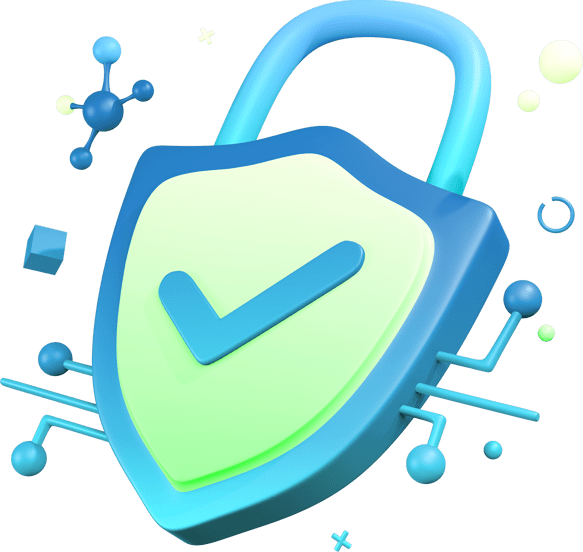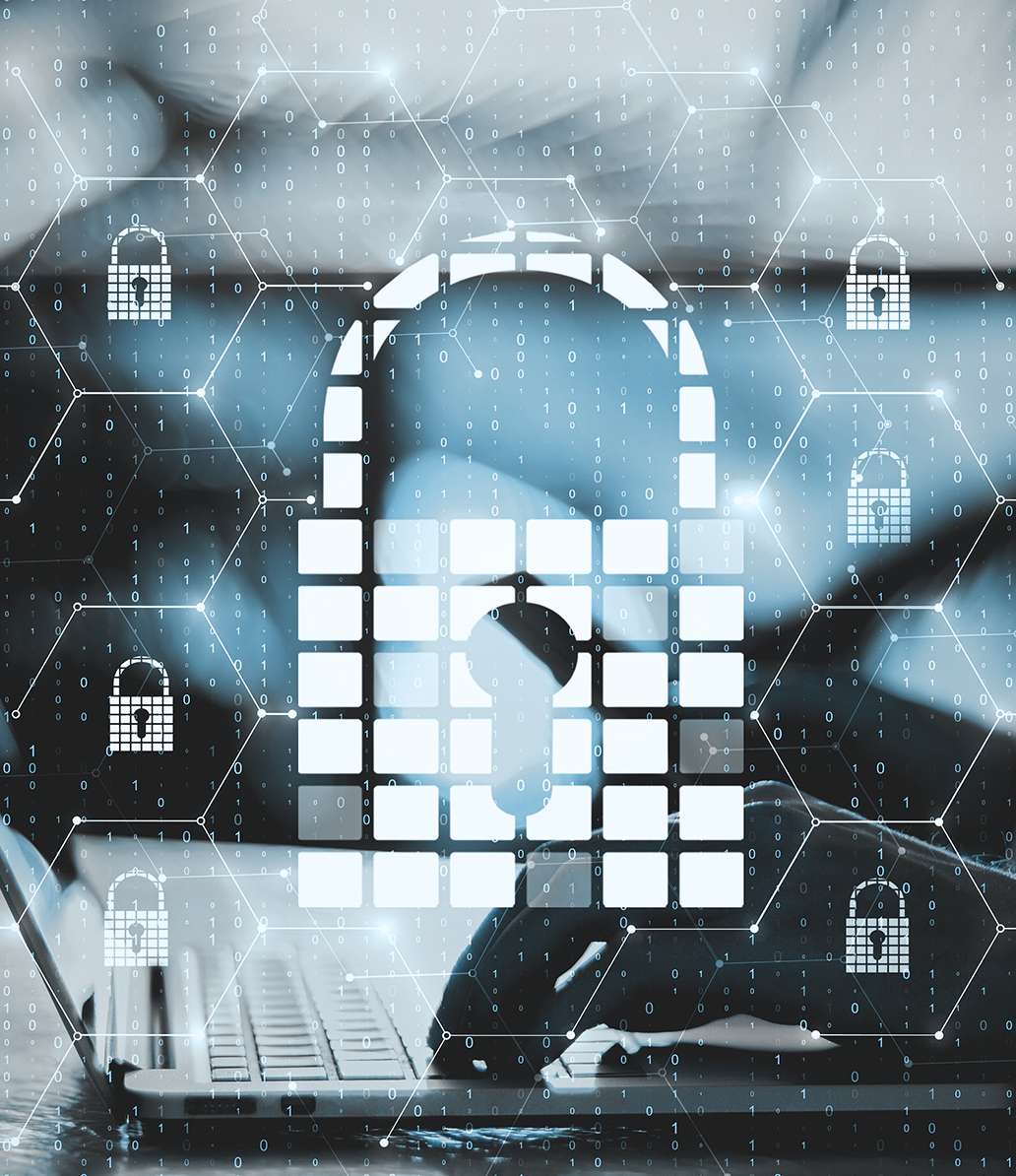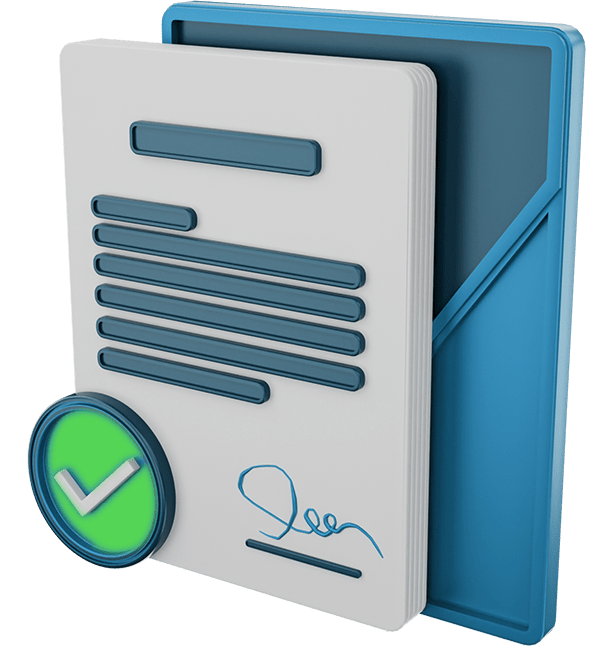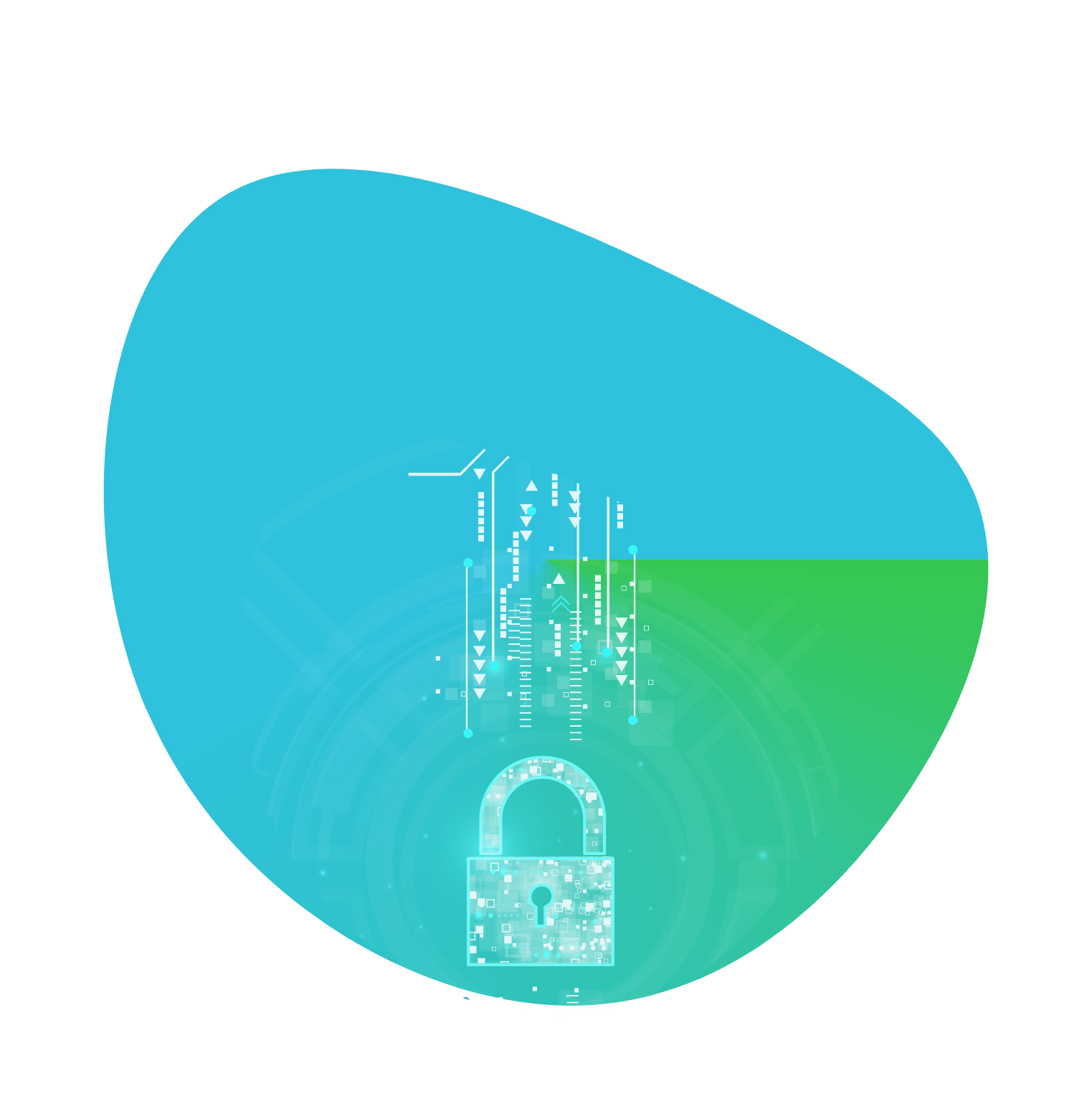🇺🇸 Language
What is (PCI DSS) Regulations?
PCI DSS is a set of security standards developed by the Payment Card Industry Security Standards Council (PCI SSC) to ensure the protection of cardholder data during payment card transactions. It applies to organizations that handle, process, or store cardholder information, such as merchants, service providers, and financial institutions. The PCI DSS consists of a series of requirements and controls that organizations must implement to secure their payment card systems and protect sensitive cardholder data. These requirements cover various aspects of cybersecurity, including network security, access control, data encryption, physical security, vulnerability management, and security policy implementation.

PCI DSS Regulations
PCI DSS Regulations
The components of (PCI DSS) Regulations
• Build and Maintain a Secure Network
• Protect Cardholder Data
• Maintain a Vulnerability Management Program
• Implement Strong Access Control Measures
• Regularly Monitor and Test Networks
• Maintain an Information Security Policy
• Maintain a Secure Systems Development Life Cycle

The methodology of (PCI DSS) Regulations
Scope Identification: Determine the scope of the cardholder data environment (CDE), which includes all systems, processes, and networks involved in the processing, storage, or transmission of cardholder data.
Data Classification: Identify and classify cardholder data based on its sensitivity and ensure that appropriate security controls are applied to protect it.
Gap Assessment: Conduct a thorough assessment of the current security controls against the requirements specified in the PCI DSS. Identify any gaps or areas of non-compliance.
Remediation: Develop a plan to address the identified gaps and implement necessary security controls to achieve compliance.
Documentation: Maintain accurate and up-to-date documentation of the security policies, procedures, and controls. This includes network diagrams, inventories, security policies, and evidence of compliance.
Security Testing: Conduct regular vulnerability scans, penetration tests, and network assessments to identify and address security weaknesses. This helps ensure ongoing security and compliance.
Compliance Validation: Depending on the organization's size and requirements, you may need to undergo an assessment by a Qualified Security Assessor or complete a Self-Assessment Questionnaire to validate your compliance with PCI DSS.
Reporting and Attestation: Submit the necessary compliance reports and attestations to the relevant parties, such as acquiring banks or payment card brands.
Ongoing Monitoring and Maintenance: Continuously monitor and maintain the security controls to ensure ongoing compliance with PCI DSS.


Methodology of (PCI DSS) Regulations
Scope Identification: Determine the scope of your cardholder data environment (CDE), which includes all systems, processes, and networks involved in the processing, storage, or transmission of cardholder data.
Data Classification: Identify and classify cardholder data based on its sensitivity and ensure that appropriate security controls are applied to protect it.
Gap Assessment: Conduct a thorough assessment of your current security controls against the requirements specified in the PCI DSS. Identify any gaps or areas of non-compliance.
Remediation: Develop a plan to address the identified gaps and implement necessary security controls to achieve compliance.
Documentation: Maintain accurate and up-to-date documentation of your security policies, procedures, and controls. This includes network diagrams, inventories, security policies, and evidence of compliance.
Security Testing: Conduct regular vulnerability scans, penetration tests, and network assessments to identify and address security weaknesses. This helps ensure ongoing security and compliance.
Compliance Validation: Depending on your organization's size and requirements, you may need to undergo an assessment by a Qualified Security Assessor or complete a Self-Assessment Questionnaire to validate your compliance with PCI DSS.
Reporting and Attestation: Submit the necessary compliance reports and attestations to the relevant parties, such as acquiring banks or payment card brands.
Ongoing Monitoring and Maintenance: Continuously monitor and maintain your security controls to ensure ongoing compliance with PCI DSS.
How can Nozom help you on your PCI DSS compliance journey?
Define the scope of the standard within the organization, and provide support in reading and applying the requirements of the standard.
Perform a gap analysis, evaluating the organization's current compliance status with PCI DSS requirements.
Conducting awareness sessions and training programs for work teams and employees.
Create and document policies and procedures in accordance with PCI DSS.
Risk assessment and treatment.
Design the necessary technical solutions Conducting an internal audit.
The process — Behind the scenes.
Initiate Cybersecurity Operating model.
Initiate Cybersecurity Operating model
Establish an Operating Model framework
Initiate Cybersecurity Operating model
Establish an Operating Model approach
Initiate Cybersecurity Operating model
Defining Vision, Principles, Capabilities.
Initiate Cybersecurity Operating model
Establish an organization Blueprint
Initiate Cybersecurity Operating model
Building an organization Roadmap
Initiate Cybersecurity Operating model
Implementing an organization Blueprint
Initiate Cybersecurity Operating model

The process — Behind the scenes.
Initiate Cybersecurity Operating model.
Establish an Operating Model framework.
Establish an Operating Model approach.
Defining organization Vision, Principles, Capabilities.
Establish an organization Blueprint.
Building an organization Roadmap.
Implementing an organization Blueprint.
something good about how the work is done
Related Services
SAMA
Defining the business continuity plan and strategy (BCP) and aligning it with the overall strategy
QMS
Raising the competitiveness of the establishment in front of competitors and being one step ahead of them
ISO 27001
Protecting the organization and protecting the assets of beneficiaries and suppliers
CyberSecurity
We aim to support our clients' Cyber Security through the whole journey and fulfill roadmaps requirements.
Digital Transformation
Is the profound shift that organizations undergo by integrating digital technologies into all aspects of their operations
ISO 27001
Protecting the organization and protecting the assets of beneficiaries and suppliers
ISO Standards




ISO/IEC 27001
ISO/IEC 27001
ISO/IEC 27001 is the international standard for information security.
Setting specification for an effective ISMS (information security management system).
ISO 27001's best-practice approach helps organizations manage their information security by addressing people, processes and technology.
ISO/IEC 27017 is a security standard developed for cloud service providers and users to make a safer cloud-based environment and reduce the risk of security problems.

ISO/IEC 27018
ISO/IEC 27018:2019
Confidentiality is a key concern in a cloud computing environment.
ISO/IEC 27018:2019 takes into consideration the regulatory requirements for the protection of identifiable personal information (IPI) that may be applicable in the context of risk assessment.
ISO/IEC 27018:2019 sets out guidelines related to a cloud service provider’s information security.

Information Security Management
NOZOM will Support you by:
Plan the implementation and operation of your service management system.
Implement the service management plan.
Monitor measure and review the achievement of service management objectives.
Identify actions for continual improvement.




ISO/IEC 31000
ISO/IEC 31000
The ISO 31000 risk management standard defines the requirements for effective risk management in enterprises, which can be applied to the planning, management activities.
The ISO 31000 communication processes in public, private or social areas, aiming to increase operational efficiency, management, shareholder trust.
The ISO 31000 minimizes deferent kinds of losses.

ISO/IEC 31000
ISO/IEC 31000 Result
ISO/IEC 31000 Enterprise Risk Management System Certificate shows that the organization has a corporate identity and gives reputation to its competitors.
In the ruthless competition conditions of today's world, every effort is to be one step ahead of the competitors.

Information Security Management
NOZOM will Support you by:
Plan the implementation and operation of your service management system.
Implement the service management plan.
Monitor measure and review the achievement of service management objectives.
Identify actions for continual improvement.



ISO/IEC 22301
ISO/IEC 22301
ISO 22301 Business Continuity Management System, establishes processes, procedures, decisions and activities
ISO 22301 ensures the continuation of the establishment activity as a result of the interruption of an activity after an unexpected negative situation within the company.
ISO 22301 measure the ability of the organization to provide the products or services continues to be determined at an acceptable levels.
proactive and reactive plans to help organizations avoid crises and disasters, they help to ensure that such situations can be quickly restored to the usual situation.

Information Security Management
NOZOM will Support you by:
Plan the implementation and operation of your service management system.
Implement the service management plan.
Monitor measure and review the achievement of service management objectives.
Identify actions for continual improvement.




ISO/IEC 20000
ISO/IEC 20000
ISO 20000 certification can help improve your organization’s reputation and set you aside from the competition.
building credibility and trust in your ability to manage your IT services effectively, it can elevate your organization when looking for new business opportunities.
ISO/IEC 20000 is the international ITSM (IT service management) standard, It enables IT departments to ensure that their ITSM processes are aligned with the business’s needs and international best practices.

ISO/IEC 20000
ISO/IEC 20000 Result
The standard describes a set of management processes designed to help you deliver more effective IT services.
It gives you the methodology and the framework to help you manage your ITSM.
allowing you in proving that your company follows the best practices; in turn, these best practices will help your organization to improve your delivery of IT services.

Information Security Management
NOZOM will Support you by:
Plan the implementation and operation of your service management system.
Implement the service management plan.
Monitor measure and review the achievement of service management objectives.
Identify actions for continual improvement.
Web Design
Ceating brand identities, digital experiences, and print materials that communicate clearly.
― Learn more
Exclusive
Digital Marketing
Ceating brand identities, digital experiences, and print materials that communicate clearly.
― Learn more
Search Engine Optimization
Ceating brand identities, digital experiences, and print materials that communicate clearly.
― Learn more
Social Media
Ceating brand identities, digital experiences, and print materials that communicate clearly.
― Learn more



10+
Years of Operation
Our team have been running well about 10 years and keep going.
98%
Positive Feedback
Our team have been running well about 10 years and keep going.
2,664
Projects Completed
Our team have been running well about 10 years and keep going.
Hear from
happy
customers.
We have three projects with this template and that is because we love the design, the large number of possibilities to customize the template and the support received. We recommend it!

Ray Charles
Netflix Chief Designer
HUB is by far the best theme here in Themeforest, I don't think anyone can match it's code quality, design or anything anytime soon! I hope you sell 10 million copies, I'm soooo glad I found it

Markfortez
Envato User
I’m only just starting to work with this theme, but so far it looks great and extremely customizable. Not everything was clear to me though, but the support has been absolutely amazing.

Divinginwonderland
Envato User

I would give LiquidThemes are five stars for each category if I could! I LOVE the demo site I was able to easily download and customize - I’m going to have the best portfolio site ever! Yay microinteractions!

Brukmaxwell
Envato User
Make A Request
— 97.6 Customer Satisfaction
Hear from
happy
customers.
Bring your ideas to life with an intuitive visuals editor. Create, edit, and customize your website visually and see the changes instantly.


We have three projects with this template and that is because we love the design, the large number of possibilities to customize the template and the support received. We recommend it!

Ray Charles
Netflix Chief Designer
HUB is by far the best theme here in Themeforest, I don't think anyone can match it's code quality, design or anything anytime soon! I hope you sell 10 million copies, I'm soooo glad I found it

Markfortez
Envato User
I’m only just starting to work with this theme, but so far it looks great and extremely customizable. Not everything was clear to me though, but the support has been absolutely amazing.

Divinginwonderland
Envato User

I would give LiquidThemes are five stars for each category if I could! I LOVE the demo site I was able to easily download and customize - I’m going to have the best portfolio site ever! Yay microinteractions!














